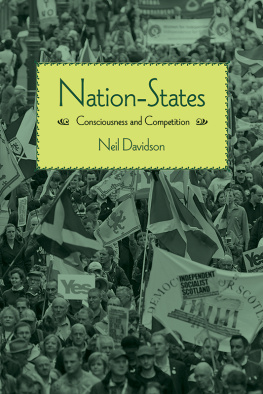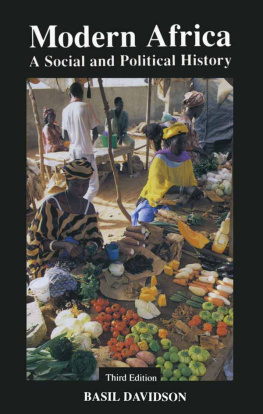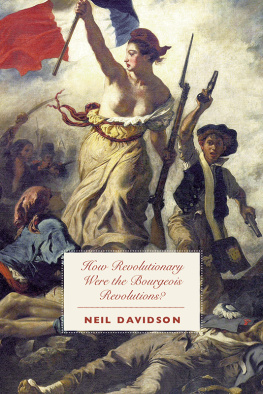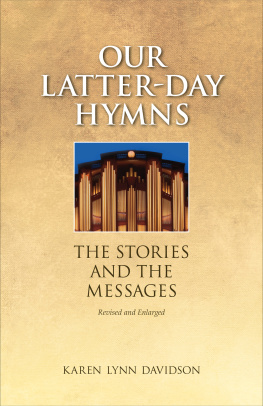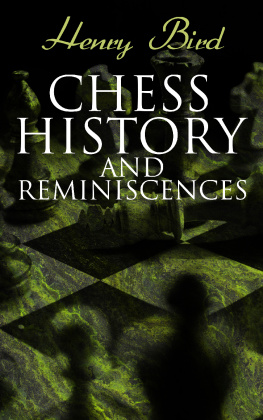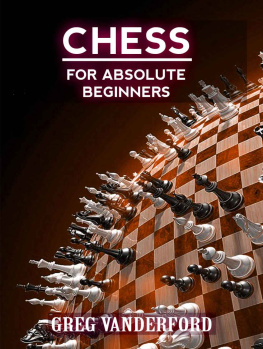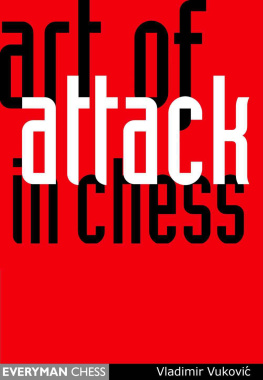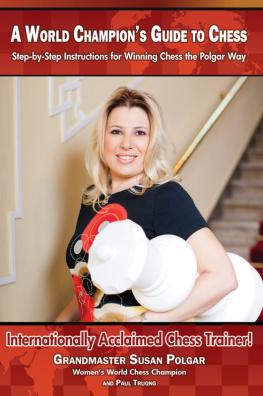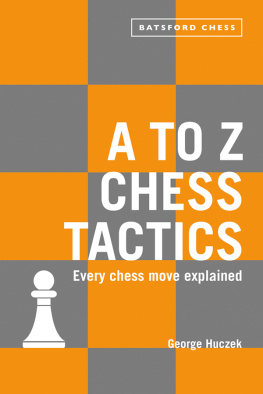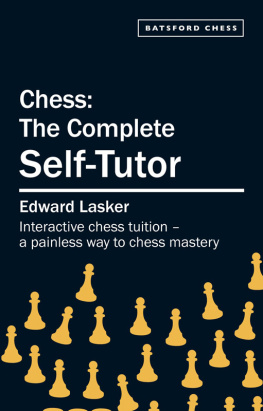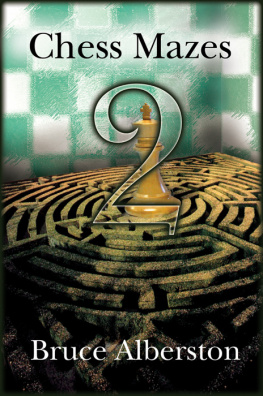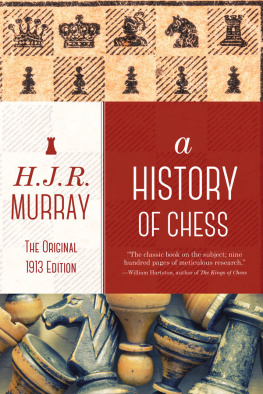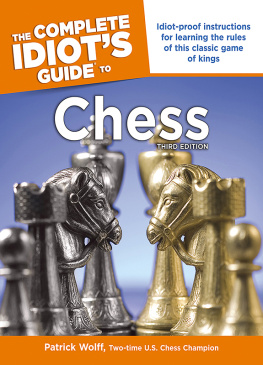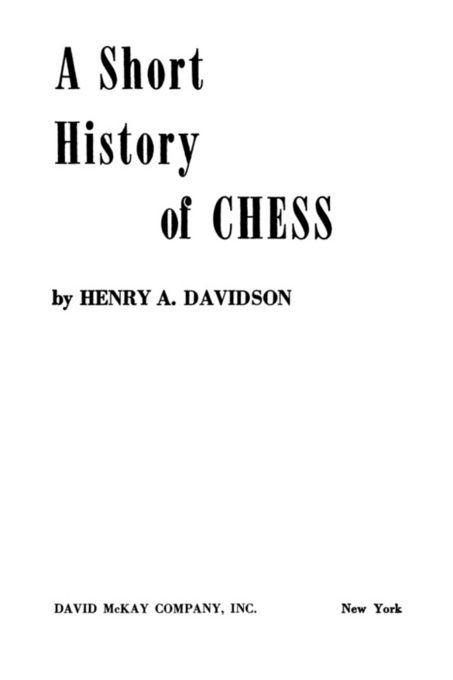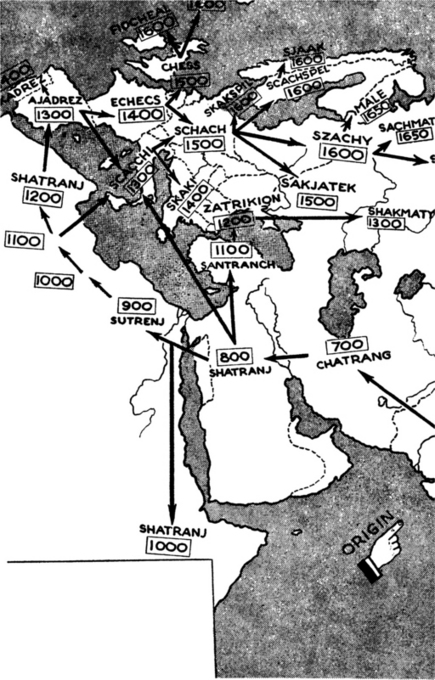D EDICATION
This work is affectionately dedicated to the memory of my first chess teacher, my father, who, though he could never pass on to me his skill at the game, did transmit to his son something of his love for chess.
A SHORT HISTORY OF CHESS
Copyright 1949 by Greenberg: Publisher, a corporation
All rights reserved, including the right to reproduce
this book, or parts thereof, in any form except for
the inclusion of brief quotations in a review.
eISBN: 978-0-307-82829-3
Library of Congress Catalog Card Number: 68-22441
v3.1
Blessed be the memory of him who gave the world this immortal game. For the price of a taxicab ride or a visit to the cinema you may possess a world of illimitable adventures. It is the very water of Lethe for sorrow or disappointment, for there is no oblivion more profound than that for which it offers you solace. And what satisfaction is comparable with a well-won mate? It is different from the joy any other games may offer. A perfect mate irradiates the mind with the calm of indisputable things. It has the absoluteness of mathematics and gives you the victory ennobled by the sense of intellectual struggle and stern justice. There are mates that linger in the memory like a sonnet of Keats
A. E. GARDINER, In Praise of Chess
THE MARCH OF CHESS:
Century in which the game entered each country is indicated by date, A.D.
Native names for chess are given for each country.
CONTENTS
Program Note
More books have been written about chess play than about any other game in the world. In astonishing contrast to the immense library of chess tactics is the meager literature of chess history. So far as I know, no book on the structural history of the game has ever been published in the United States. This is strange, for it is only a man of small mind who is totally indifferent to the historical background of his activities. And a chess devotee is not likely to be little-minded. Yet even good players, who can tell you all about the power of the queen, can rarely tell you how she got that way.
This book was born in Australia, gestated in New Guinea. During most of 1943 I was with the U. S. Army in an isolated garrison in Northern Australia. We played a lot of chess, often with our colleagues on the staff of a near-by Australian Army hospital. Aussies are chess-minded. They like the game, play it often, and play it well. Many a night after I had been comfortably beaten by both Australian and American players, we would sit outside the tent, puffing some of the pungent (and rationed) Queensland tobacco; and while the smoke crawled up toward the Southern Cross we would muse about chess. Why is the queen more powerful than the king? What kind of war or royal court is that? I would unchivalrously ask. No one really knew. Why is the pawn the only piece that captures in one way and moves in another? No one knew that one either. In the winter of 1944 (youd call it summer, because it was July, but it was unquestionably winter down under) I had a weeks leave in Sydney. Since it was my first furlough in civilized territory, I cant pretend that I spent it all in the library. I found a few other things to do, too. But I did begin to scratch at the surface of chess history. I read most of Murrays book that week, and it was hard reading. Some of my questions were answered; but unfortunately many more questions were raised in the course of reading this monumental History of Chess. Shortly after my return to North Queensland, I was transferred to a post in New Guinea. In that South Sea isle I remained a year and a half and found time to organize my then scanty knowledge of chess history and to outline this book. If I ever get back to the United States I shall really begin putting the fragments of this puzzle together, I promised myself.
During 1945 I found myself stationed at an Army Hospital near New York, and I began collecting and interpreting the historical data in earnest. I read through old books, opened correspondence with historians and oriental scholars, began to delve into the development of games in the east, and generally tried the patience of my family and friends. At first I was afraid that my book was to be sheer plagiarism. But I was encouraged by the discovery that if you steal your ideas from one author, that is plagiarism; whereas if you lift them from many, that is research. Bit by bit the pieces began to fall into place; an involved correspondence with an orientalist about the Sanskrit Puranas, conferences with an Iranologist on the meaning of mate in Persian, letters to and from foreign consuls to get information about chess in their countries, and a boring but necessary comparison of quotations with the original sources. Then the process of trimming off the fat, dehydrating the turgidities, and reconciling the discrepancies.
So here it is, a compact story of how chess diffused throughout the world, of when and why the changes in structure were made, and of what is known about its origins; and an account, of necessity largely guesswork, (but scientific guesswork I hope) of how chess was born.
A thumbnail review of the entire cavalcade of chess opens the book. This is designed to orient the reader to the necessary back-and-forth shuttle of the next seven chapters. Then a plunge into the unknowna suggested thesis on the actual origins of the game in review of the relentless march of chess around the globe, followed by a chapter of historical miscellany. The book ends with a polyglota lexicon of chess terms in the forty major languages of this one world. And for the skeptical reader or interested scholar, a working bibliography of English language references.
And now the usual but pleasant paragraph of thanks. I cant list them all, but to alleviate my guilt feelings, I enter a few for the record. Thanks to my wife for patiently sitting by, evening after evening, while my un-noiseless typewriter banged out the first draft of this manuscript. Thanks to Mr. I. Horowitz and Mr. John Rather of the Chess Review for placing at my disposal a complete file of their magazinea source which proved a gold mine of data, particularly for large part of one Christmas week going through all four hundred quatrains of Omar Khayyam in the original Persian just to verify a single reference. And thanks to my secretary, Mrs. Miriam Armstrong, for taking a gruesome looking typed draft and turning it swiftly into neat, clean typescript.
After this catalogand it really should be longerthe reader may wonder what part I played in the preparation of this work. I sometimes wonder myself.
Henry A. Davidson
Twin Chimneys,
Flemington, New Jersey
Chapter 1. The Kaleidoscope of Chess History
Ours is no bloody battle
With woe and horror fraught
Our joust is of a gentler kind
A measuring of mind with mind
A tournament of thought.
WILLARD FISKE




